Are you among those people who are reluctant in buying products from China?
Or, do you think goods with a “Made in China” or “Made in PRC” label are always substandard and low-quality?
For a long time, the world believed that products from China were low quality and substandard. However, this is far from the truth. The modern development in China has enabled manufacturers to produce high-quality products at the most attractive prices, making them the leaders in the manufacturing industry.
It is very safe to buy products from China, but the buyer needs to have the right information about the process of buying safely. If you are not aware of the challenges and ways to import products, it can result in a big loss.
This article will cover every important aspect regarding safe buying from China. This blog will talk about challenges you can face when importing from China as well as provide the 10 best tips to follow to buy safely from China.
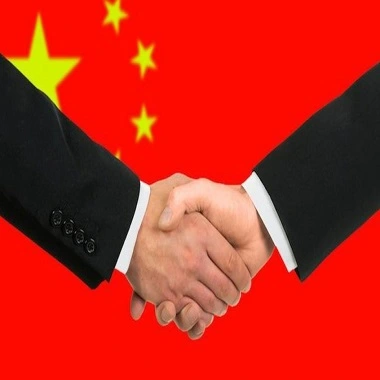
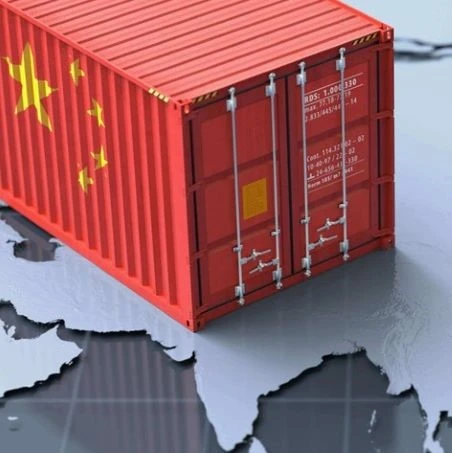
Chapter 1: Challenges That Buyers Face When Buying from China
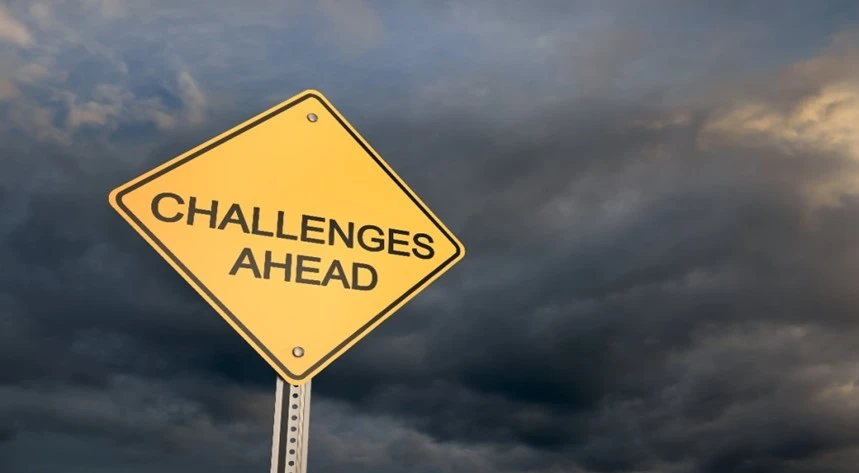
Sadly, even after being the top exporter of products globally, people have many misconceptions regarding buying products from China. For the past decade, China is leading the world when it comes to exports. The main products that it exports include machinery, electronics and other consumer items.
China made exports worth of $3.59 trillion in 2022. As compared to the last year, this shows a 7% growth in exports which is amazing!
Till today, the following are some reasons why people are double-minded before buying products from China.
1. Bad Rumors and Misconceptions about Made in China products
You will often hear rumors about cheap Chinese products being of low quality. Also, there are rumors and misleading ideas about the products not working properly (for example, mechanical goods), or late deliveries, or damaged cargo.
If you do your research, you will deduce that not all of these are rumors. There was a time when Alibaba was banned as the products being sold on it were counterfeits and fakes. However, this ban has long been lifted and since then Alibaba has improved their quality immensely.
If you ask the Chinese manufacturers, they agree to producing low-quality goods BUT on the pretext that the buyer was demanding them. They claim that there is a market for these low-quality products that is why the buyers get them manufactured. After all, not everyone can afford a 1000 dollar bag. Therefore, they product different qualities as per the budget.
In reality, Chinese manufacturers conduct proper Quality control for their products. Read about Quality Control in this blog.
2. Language Barrier with the Suppliers when Buying Products from China

Most buyers outside of China usually do not speak Chinese, while some Chinese suppliers do not speak other languages like English. That means there is a language barrier between buyers and suppliers.
This is a big problem because the import business requires clear communication between the two parties. There needs to be communication about the price, quality and quantity of goods, as well as the manufacturing details.
Consider the example that you tell your Chinese supplier to deliver a thousand boxes of toys of a certain quality. If there is a language barrier, that means the supplier did not understand your order.
If the supplier then sends a thousand toys, for example, then you’ll think that Chinese suppliers are unreliable.
3. Difficulty in Finding Trustworthy Suppliers to buy products from China
The Chinese market is very saturated with suppliers of all kinds. There are many trustworthy suppliers in this business, but you have to do some research to find one because there are a lot of suppliers that offer low-quality products as well.
There is also the problem of communication, so you have to find suppliers in China that understand and take orders in English or find a sourcing agent like EJET Sourcing to help you to place the orders.
You have to verify credentials, past transactions, and customer satisfaction. All of this is more difficult to do for a supplier who is in another country.
4. Unfeasibility of In-Person Visits after Covid-19
Covid-19 has caused a lot of problems in every sector. One of these problems is that flights across borders are mostly closed off, so it is difficult to meet the suppliers and manufacturers in person, while you are outside of China.
Another problem is that buyers are warier of visiting China now as the virus originated there. So there is fear in the mind of buyers. They avoid visiting China even if they can. This leads to problems in orders and can disrupt the whole business.
However, with the onset of 2023 and the COVID pandemic under control, not many people know that the business has resumed back to normal! Therefore, we suggest you visit the Chinese trade fairs 2023-2024 in person to source the most trending products for your business.
5. Time Zone Differences Making Communication a Big Hassle
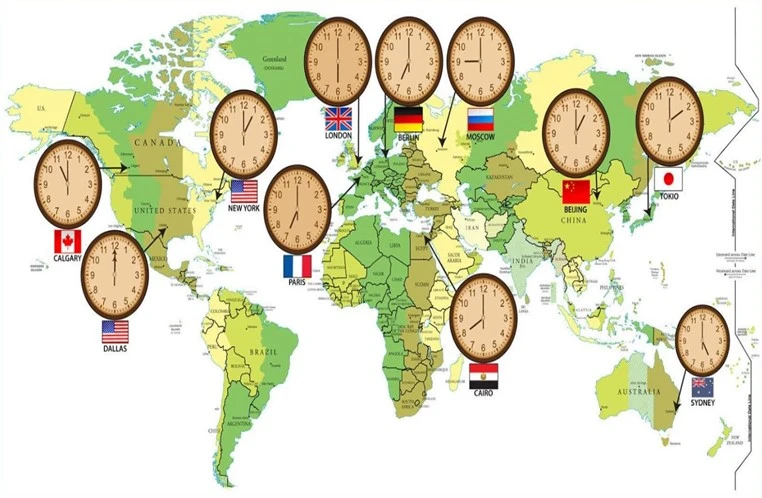
There is a maximum of 14 hours time difference between the US and China; it’s the difference between day and night. This makes communication difficult between buyers and suppliers. There is only a small time window when it is feasible for both parties can talk about the order.
For example, if you’re in New York and the supplier is in Beijing, there is a 12 hour time difference. This means that one of you will have to communicate at an inconvenient time. Due to this big hassle, buyers are hesitant to buy from China.
Now that most of the business is online, this issue is also resolved to a great extent. Big companies and manufacturers have a network of global teams that are available 24/7 to talk to buyers from all over the world!
Chapter 2: 10 Tips to Buy Products Safely from China
1. Working with Reliable Suppliers to Buy Products from China
The first thing you need to do is to find reliable and trustworthy suppliers for your business. To do this, go through the directory of suppliers, and contact them directly to ask about their history and credentials. Another way is to ask someone who has been working with the suppliers for a long time.
These are a few factors to consider when looking for reliable suppliers.
- Great credentials
- Extensive business history
- Many years of experience
- Good customer reviews
- Ability to speak and understand English.
Once you find the suppliers who meet these requirements, stick with them for the long run. Avoid changing suppliers often, as this can hurt your business and waste time.
Another tip to find good suppliers for the long run is to order samples before making a contract. Make a list of the suppliers who seem good to you, then ask each one for a sample of the products you want. Doing so will ensure that you can pick put only the best suppliers from the group.
Remember, you can never be sure about the reliability of the Chinese suppliers without visiting them in person. Even if you visit them in person, there is a chance that you can be conned. Therefore, the best way to avoid this situation is to hire a sourcing agent from China to help you. If you want to connect with the best, you can contact our sourcing agent at EJET Sourcing. She is here to help and you can easily book a free consultation.
2. Buying Products from Reliable Online Websites
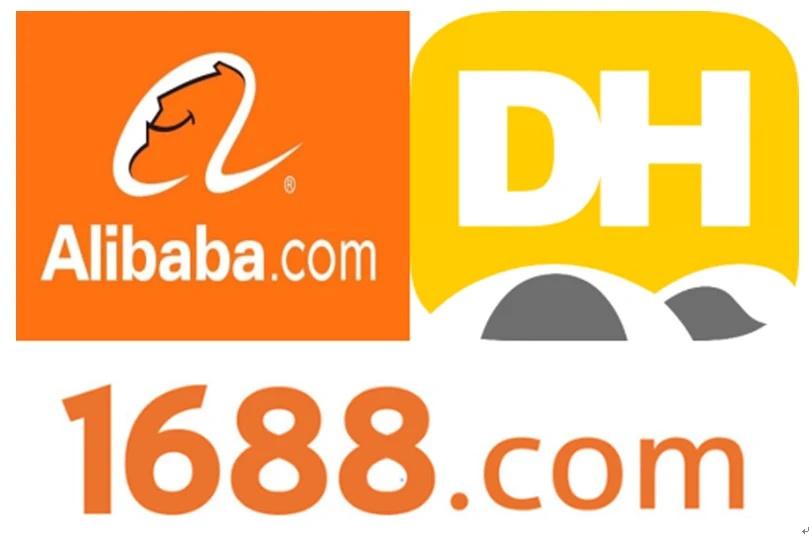
To get good quality products, ensure safety, security, and smooth transaction; and to minimize the risk of scams, only buy from reliable and safe e-commerce websites. These have safety controls and buyer protection.
We can see the rapid development of the e-commerce market in China, sites like Alibaba can help foreign buyers from outside the country to order what they want with just one click.
EJET wrote many blogs before introducing details about online wholesale websites in China. Please check the links below to find out more information on how to buy from the Top 8 Chinese wholesale websites.
Moreover, you can also check out the following detailed blogs and videos on how to buy from different wholesale Chinese websites like Alibaba, DHGate, 1688.com etc.
3. Visiting the Factory When Buying Products from China
The manufacturing process is where it all begins, so it is important to visit the factory at that stage to ensure your products are exactly the way you want them to be. A lot of factors come into play here.
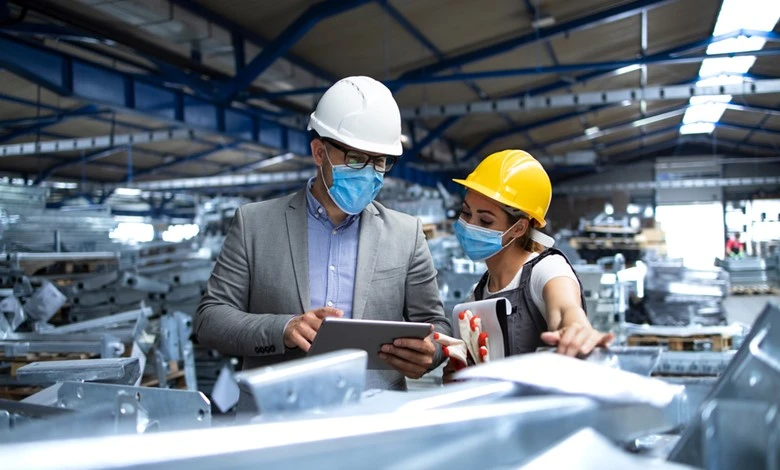
Firstly, you have to communicate all the product specifications to the manufacturer clearly. Provide as much detail and information about the product as possible, even if it may seem trivial, such as materials, components, and parts, design, color, function, and finish, etc.
This is to ensure your products will be as good as you want them to be.
Secondly, you can ensure the quality of the products during the manufacturing process. Along with the design, you can ensure what materials are being used to make the product.
The cost and quality of materials, and of the production process is up to you, so communicate this effectively.
4. Performing the 3rd Party Supplier Audit
Once you shortlist some suppliers, you should consider hiring a third party to perform an independent audit and inspection of these suppliers. Make sure you choose a reputable and reliable company for this; check their credentials, work history and reviews.
A third-party audit will make sure that all quality controls, tests, functionality and standards of the supplier’s products are met completely. You will be given a detailed and thorough review of all aspects of the supplier.
The advantage of this is that the audit company will check things that you might miss if you did this by yourself. Once you are given the review, you can evaluate whether the supplier did their job right.
If so, you can continue working with them. If not, you can choose another supplier. So it is a good idea to invest in hiring a third-party audit company.
5. Performing the Right Quality Control
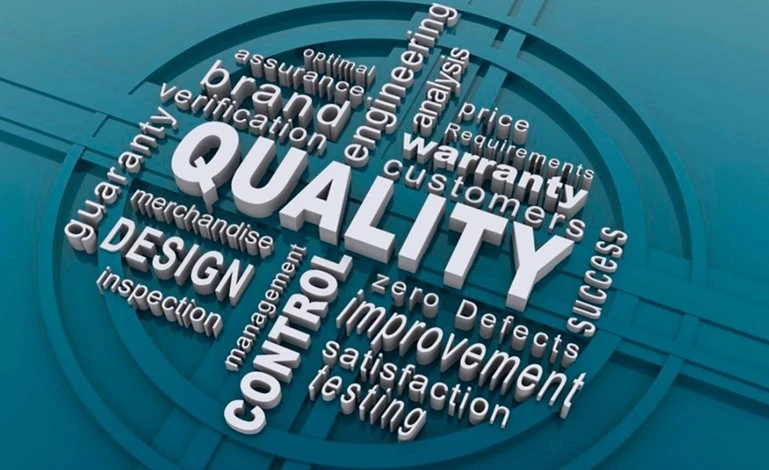
Of course, throughout the whole process, manufacturing, supplying, shipping, quality must be maintained at every step. Let’s take a look at this in more detail.
- Why quality control is so important
There are several reasons why quality control is so important for your business.
-Minimize loss
First of all, as a business person, your goal is to minimize losses. If quality controls are not performed, then you can end up with low-quality goods. Since you can’t resell bad quality products, and you have already paid for the cargo, that means you will incur heavy losses.
-Building trust and confidence
One of the most important aspects of business is to build trust and confidence between supplier and buyer. Quality control ensures that your supplier maintains a good standard of quality every time, which will boost the good relations between you and your supplier.
-Customer satisfaction
The goods which have gone through quality control procedure will be better liked by the customers who buy them. That will boost your sales and bring in more revenue.
-Safety issues
If quality control is not performed, there can be potential hazards associated with the products. For example, if you are buying chemicals, and their packaging is not done properly, it could cause many safety issues.
-Ensure productivity
Quality control ensures that the whole process runs smoothly and productively because there is minimal wastage of materials and time.
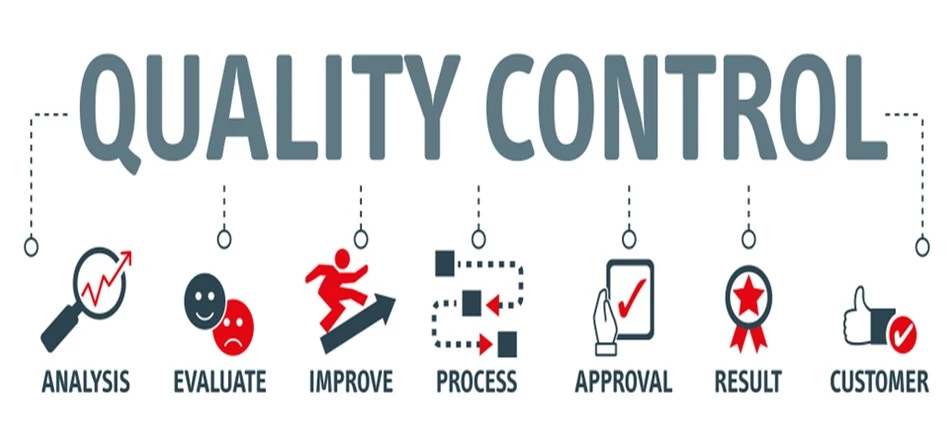
Following are some major types of inspections that the inspection companies offer. Know all about inspection companies and how to hire the best one in this blog. Moreover, also read through the blog “Quality Control Inspection” to understand what these inspections are all about.
- Pre-production inspection
Pre-production inspection includes checking the quality of the materials. You need to check if they are of good quality, are readily available, of reasonable cost, are not defective, etc. you also need to verify what kinds of production processes the factory uses, and their machinery.
- Post-production inspection
Post-production inspection means you need to check the final products against the requirements you set before the production begins. So you will check the design, color, finish, and technical details. You also have to make sure products aren’t defective and fulfill their function.
- Pre-shipment inspection
Each product requires different kinds of packaging. For example, perishable and fragile goods like glassware need to be packaged in many protective layers. While hazardous chemicals need to be packaged thoroughly to prevent leakage.
So pre-shipment quality control implies you need to make sure that the quality of the packaging is good, and the appropriate packaging is used for the products. You also need to make sure that the correct method of shipment is being used.
- Container loading inspection
Finally, when the cargo is being loaded onto the carrier, quality control entails that you should check whether containers are loaded correctly, stably, and in the right order.
6. Pay Through Legal Channels and Avoid Illegal Ways to Send Money

There are many illegal channels through which you can pay your supplier, but as a good businessperson, you should avoid this practice at all costs. It might backfire on you by opening up legal issues.
Furthermore, these methods have no refund mechanism so you can incur heavy losses. Also, it might make the suppler lose confidence, and might disrupt your whole business.
Things like using another merchant’s identity or going through online fraud methods for payment are wrong, and you should avoid them.
Instead, always opt for legal, safe and secure payment methods. If you are using an e-commerce site, check for escrow payment methods, like Alibaba Trade Assurance.
This is the safest method and is completely legal. Payment through credit card, bank transfer and direct cash transfer is good too. If payment is in person, then save the record of transactions in your registry.
Furthermore, some scammers understand the thinking of buyers and try to manipulate them. It is totally possible that a supplier may offer to accept payment through an illegal way and try to put it off as doing you a favor or trying to help cut down your costs – be aware of these suppliers.
7. Using Alibaba Trade Assurance to Deal with the Suppliers
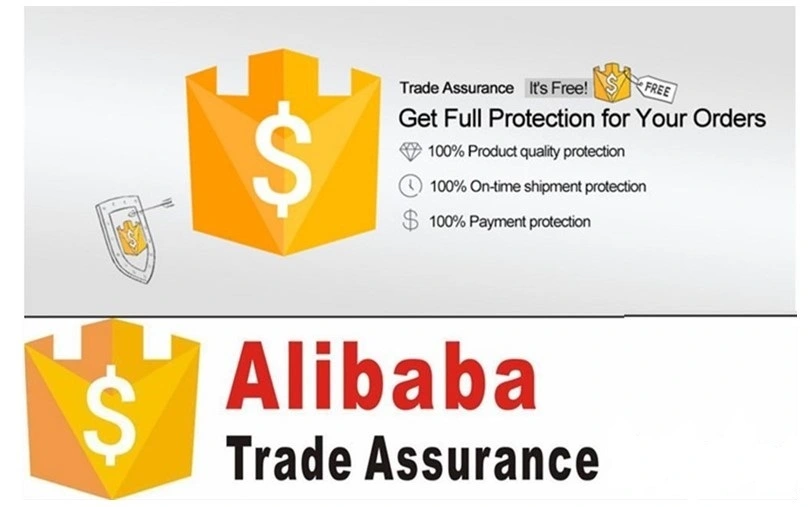
Alibaba Trade Assurance Payment system is a protection service offered by Alibaba that enables secure payment from the buyer to the supplier.
Here is how it works: you send the funds after placing an order to the selected Alibaba bank account, your supplier. Then Alibaba releases the payment if things are up to the mark, and meet the quality standards and deadlines that were set by you.
If the shipment is delayed or the products don’t comply with the promised quality, you will get a refund.
It is in your best interest to opt for this service when dealing with suppliers. It is one of the best security programs of its kind. As a buyer, you already know that one of the most difficult tasks for buyers is to successfully claim a refund, but Alibaba Trade Assurance can help you and save you from incurring losses.
8. Making Strong and Detailed Contracts with the Suppliers
One of the best practices in this business is to make clear and detailed contracts with your suppliers. Every aspect of the business should have clear-cut articles.
That lists down your needs and requirements – for payment, method of payment, quality checks, refund policy, length of the contract, conditions for annulment of the contract, liabilities in case of damage, etc.
To do this as a first-timer, it would be better to involve a reliable third party that specializes in these contracts to make sure you don’t miss any important details.
Making these types of contracts will ensure that your business runs smoothly in all aspects and you don’t incur any losses. It will also help you avoid scams.
9. Making Sure you have all the Right Documents for Customs Clearance
Customs clearance can be a tedious process. So it is best for you to be prepared in advance to minimize inconvenience. All the legalities, laws and rules of the customs department need to be met for all products that you import from China.
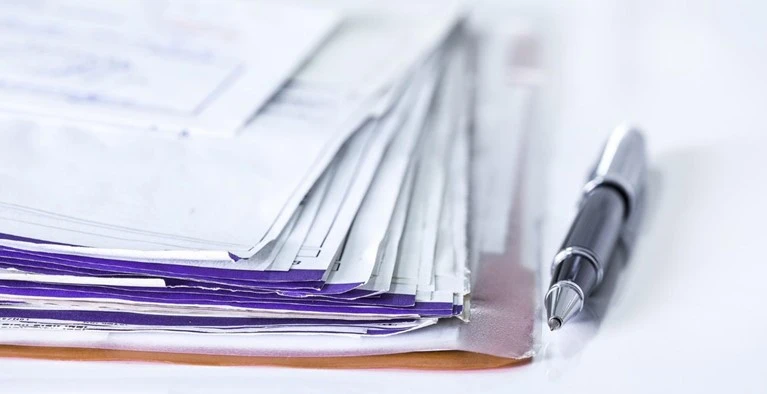
You can hire a customs broker to deal with this whole process more easily. To get through clearance smoothly, you will need the following documents:
- Commercial Invoice
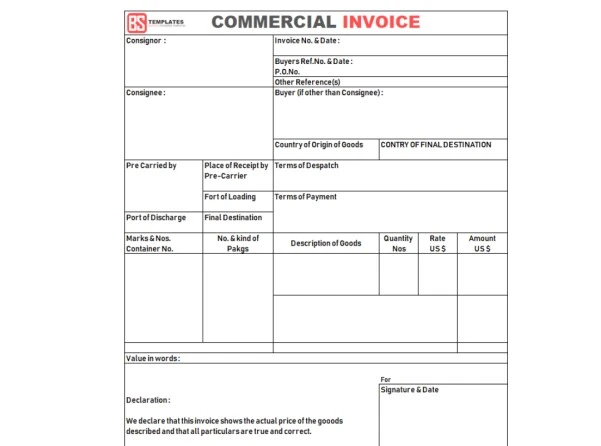
It contains all necessary information about the products you are shipping such as the manufacturer, destination and origin, HTS code, buyer/seller identity, type of packaging, description of products, and shipping information,
- Packing List
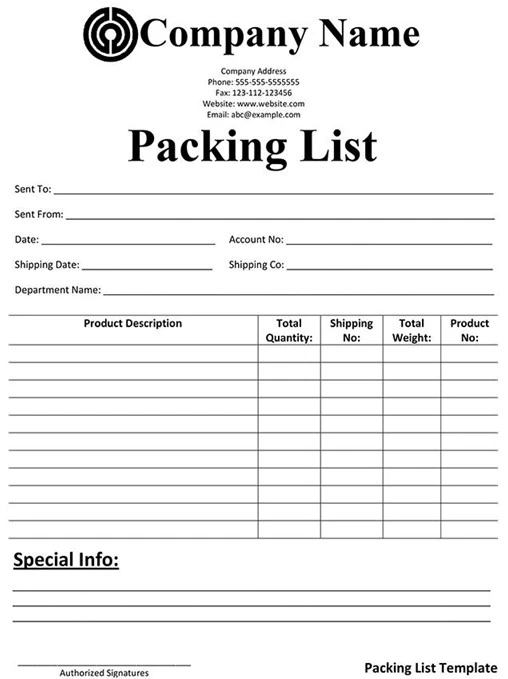
It is provided by the shipper or freight forwarder; the packing list is used by customs to check your cargo. The information listed on the previous invoice is also included on your packing list.
- Bill of Lading (BOL)
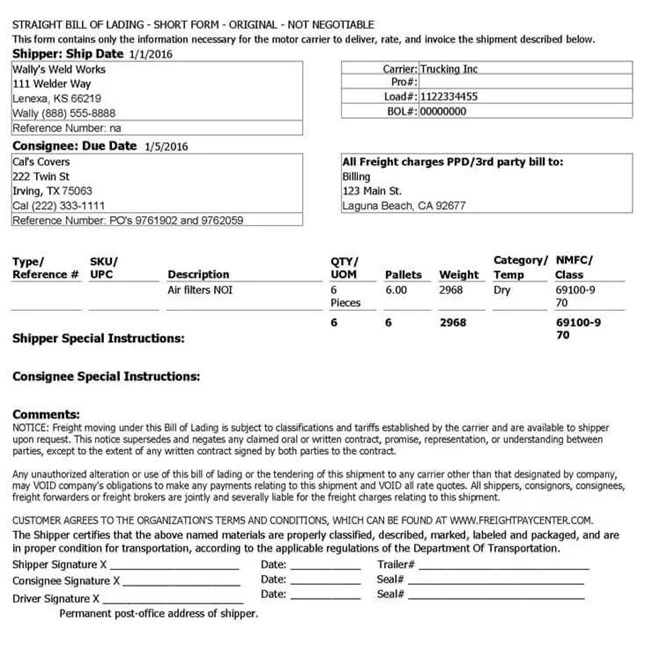
It is the document issued by the carrier to the shipper of products. In case of loss, delay, or damage to your cargo, the BOL is required for compensation. It provides a tracking number and includes international shipping details.
- Arrival Notice
It is the notice provided by the carrier upon arrival into your country, so you can arrange for pickup.
10. Using an Expert Freight Forwarder who will Handle the Goods Safely
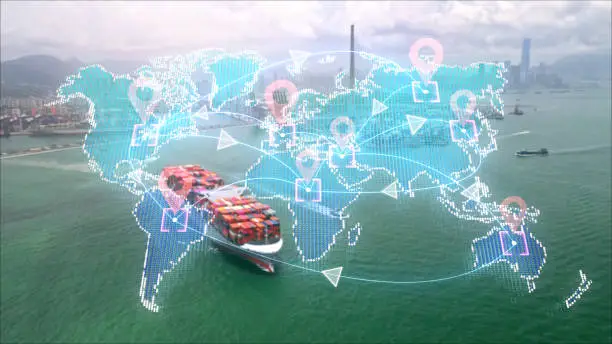
Finally, look for an expert freight forwarder for safe and efficient delivery of your cargo. Again, you will need to check the company’s credentials, experience, and work history. It is also advisable that you get the basic know-how of this industry to make a good decision about who you will hire.
Look out for companies that have incomplete information, that claim to do the job in a very short amount of time, or is unbelievably cheap.
These companies are likely to be scammers. Instead, opt for reputable companies with reasonable prices and timing. Don’t be afraid to ask these questions and details about the process from each shortlisted company, so that you can make the right decision.
We have included a list of the 10 best qualified China freight forwarders to make your work easier!
Chapter 3: The Safety Issues When Buying Products from China
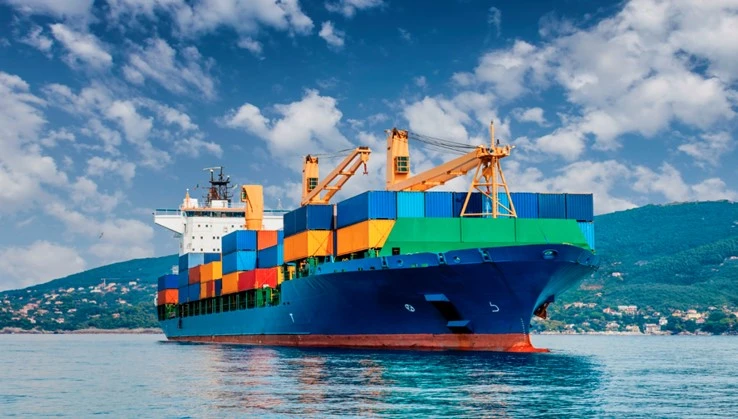
Undoubtedly, China is a business hub with imports and exports going on all the time. Nevertheless, there are many problems that can arise while you are sourcing or buying products from China. On top of that, there are different methods of shipping, each of which comes with its own advantages and disadvantages.
For international shipping, usually, the shipment method is by sea or by air. Each of these is different in terms of safety, duration, and type of goods delivered.
1. The Longer it takes, the more chances or Risks it might have
Between ocean freight and sea freight, ocean freight takes a long time for many reasons. Firstly, sea routes are longer, prone to unpredictability, and have a lower speed.
Secondly, since carriers of ocean freight are bigger, they need to be filled up completely before they can be shipped. So, for instance, if your cargo takes up only 15% space in the freight, then you will have to wait till the rest 85% is filled by other cargo before the whole carrier is shipped.
Due to so many inconveniences associated with ocean freight, there is a risk to cargo. Damage, delay, or loss to cargo can occur in the long journey by sea. On the other hand, shipping via air freight is safer and faster.
2. Express Delivery is the Safest by Far
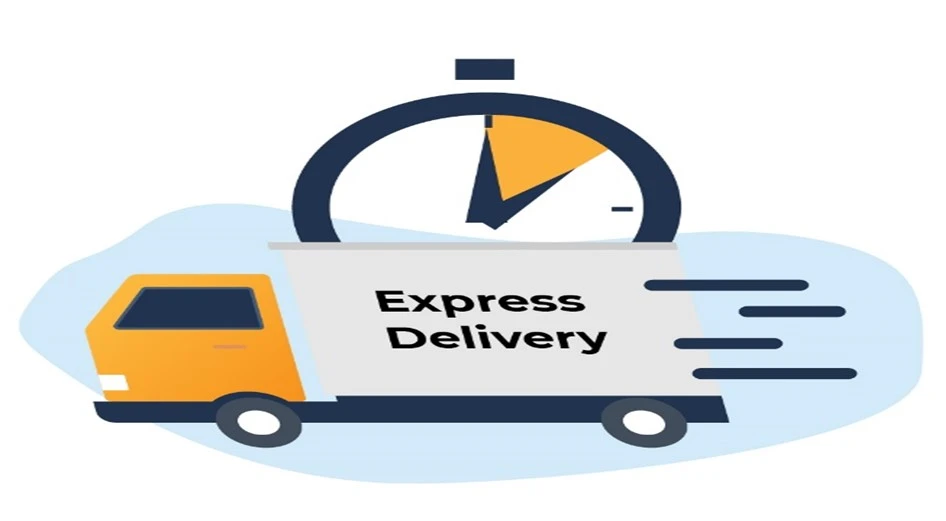
Express delivery, which is also done via air, is the fastest and safest method of delivery for your cargo. It can deliver your goods to you within 3 to 5 business days. The shorter times mean that your cardo is less prone to damage or losses. Keep in mind however that express delivery requires extra charges.
3. Too many Middlemen may Complicate Things
If your products exchange hands many times between storage and shipping, chances are the risk to your products will increase significantly. Try to limit the number of middlemen between origin and destination.
For example, there should ideally be only one freight forwarder company you should deal with that should take care of all things in the process.
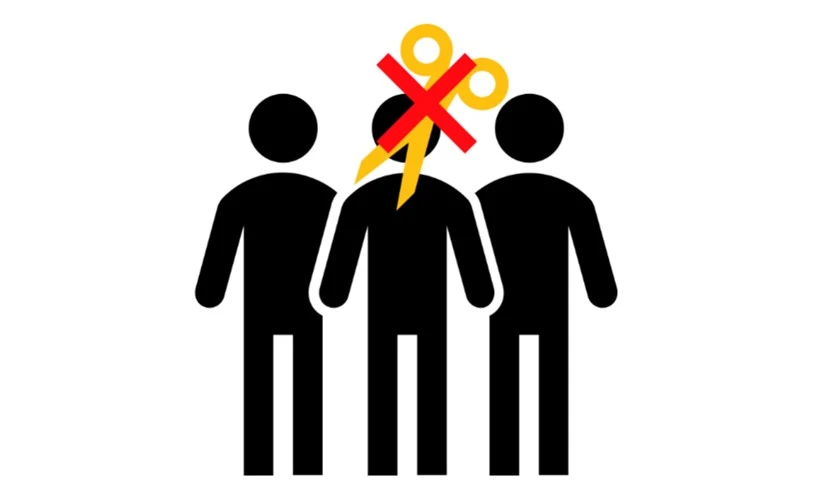
If there are too many middlemen, your goods will be more prone to damage and losses. For example, between the supplier and the company that delivers from the warehouse to the port.
There is a good chance that your products can be misplaced, as many products are handled at the same time. And of course, the additional charges are another big hassle.
4. Bad Handling of Goods during Shipment can result in Damage to Products
If goods are handled poorly or roughly in the shipment process, they can be damaged, causing losses for you. Bad handling means improper or insufficient packaging or placement in the carrier. This is all the more true for the shipment of fragile and perishable goods like glassware.
Sometimes, this is unavoidable but you can issue specific instructions at the time of shipment to ensure that goods aren’t damaged. Also, it is a good idea to specify the information of the goods on the cargo properly, so that shipment can be done accordingly, and due care can be taken in the whole process.
If you want to know any more information about buying goods from China or the sourcing process, you can book a free consultation with our sourcing agent. She is here to help you out.
Chapter 4: Global Perception Regarding the Safety of Buying Products from China
The perspective of the whole world when it comes to buying products from China is a little skewed due to certain factors. This negatively affects the way buyers see the Chinese market.
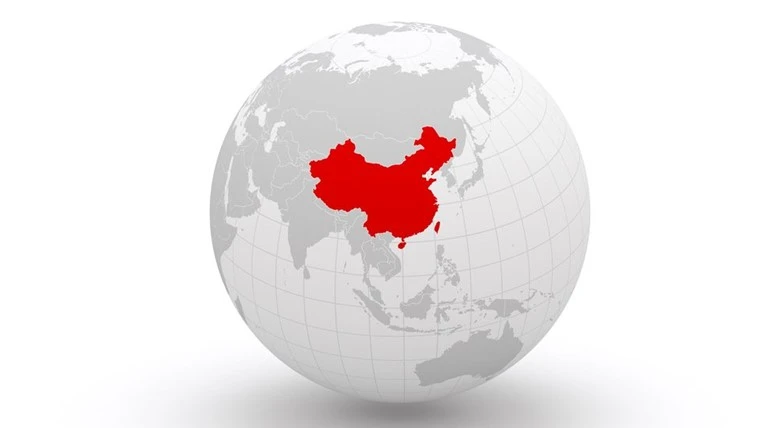
1. The Western Media Perception of Buying from China
The Western media further spreads the idea that buying from China is a risky business because supposedly Chinese goods are of low quality, cheap and defective. It is implied by many experts in the field that the Western media has some sort of malice against China. This transfers over to the Chinese market and economy as well.
2. The Decision of the US and European Authorities for Strict Customs Inspections
Tensions on the economic front between China and the West have been high in recent years. This has resulted in strict customs inspection and clearance processes for goods coming into the US or Europe from China.
For example, a new regulation was introduced in US customs in 2020 that each product coming from China must be labeled “Made in China”, otherwise it can be held at customs, and you have to pay fines for it.
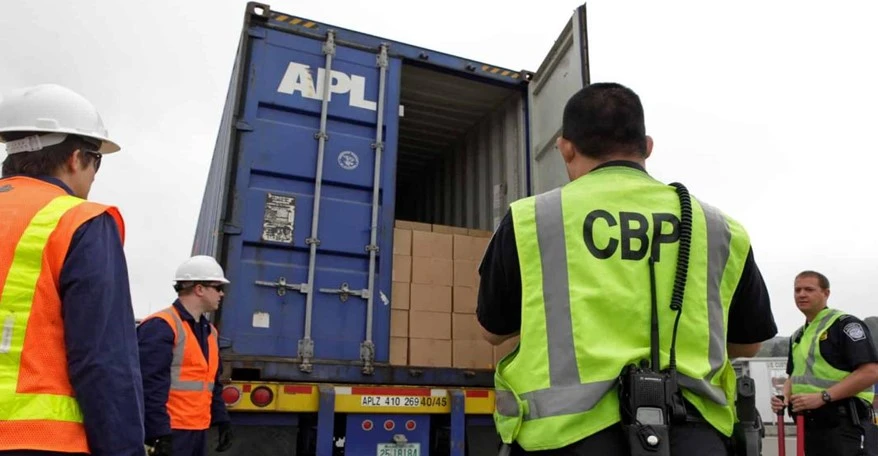
Additionally, these products undergo strict inspections and have more conditions to pass through the customs clearance process.
All these restrictions are again because the West sees Chinese products as inferior, and is worried about safety standards, and quality control. It is also to control the rise of the Chinese economy, as it is a competitor to the Western economy.
3. Public Reservations due to Misconceptions related to Buying from China
Due to the authorities and media’s stance, the general public is also more wary of Chinese products. As mentioned in the first chapter, there are so many rumors and misconceptions about Chinese products in the buyers’ minds.
These include concerns about quality, price, function, and durability. As there is so much false information about these aspects, the public is hesitant to buy products from China. And this in turn breeds more misconceptions.
4. Concerns regarding counterfeits and matters regarding intellectual property
Global trust continues to be affected by the trade of counterfeit products especially from Chinese manufacturers. Accusations of manufacturers originating from China trampling on cutting-edge technology embrace making rogue copies of exceptional products and luxury fashions.
This problem is experienced by both micro as well as multi-national companies and varies from piracy of trademarks to international buyers being reluctant to sell in China.
However, steps are underway by the Chinese government to satisfy these concerns. China’s recent law reshuffle in regards to Intellectual Property rights emphasized more on the punishment aspect of those that infringe and made provisions for the law to be enacted.
Furthermore, e-commerce sites have contributed to helping sell products on the internet by reducing the number of counterfeiting cases through product and seller verification processes.
Today buyers are provided a comparison of reviews, and certifications against the seller’s profile to ensure their money is wise spending. These steps suggest an attempt to regain trust in the global market and elevate the status of Chinese manufactured goods in the international Market.
5. Ethical and environmental factors in manufacturing
The environmental degradation and baby labor practices by the growing economy of China have earned its manufacturing arms a bad reputation. For a considerable amount of time, these problems restricted the markets to environmentally friendly buyers and businesses.
The goal of becoming carbon neutral by 2060 has been made by the government and measures are being taken to normalize this. This makes it easy for manufacturers to embrace the likes of solar energy, water recycling systems, and eco-friendly materials.
A few Chinese factories have started passing international ethical audits and are earning ISO 14001 certification for their environmental management systems.
End users and other international firms are motivated to work only with licensed vendors which also assists in meeting the requirements of the environment and ethical standards.
Such amendments are gradually enhancing the image of Contemporary China in international markets.
6. Positive Changes in Image attributed to Quality Improvements
There has been a consistent endeavor by Chinese producers to provide better quality goods which over time is modifying the perception of the world.
Chinese brands like Xiaomi, Huawei, and Lenovo are now considered competitors to Western brands in bringing forward reasonable and good quality goods.
Furthermore, intelligent investment by China in innovative technologies like AI, robotics, and smart manufacturing has resulted in greater accuracy and higher-quality output. Industry 4.0 factories are able to produce globally recognized products.
Chapter 5: Importing Regulations About Products
Importing goods from China is relatively straightforward, but it requires compliance with specific regulations. It is advisable to understand the local import requirements prior to packing your goods so that there will be no foreseen issues. Those issues are time-wasting, costly, and complicated, and therefore, they should be avoided. In most cases throughout the world, importers will face more or less similar steps in the process such as:
Submission of Documents: You or your supplier will make an accurate document when sending through customs.
Payment of Duties: Customs duties and taxes levied according to the type of goods and country of origin must be settled in order for the consignment to be released.
Safety Compliance Checks: A planned sequence of events to protect and ensure that the products protect legal or regulatory requirements for safety before entering the market.
1. USA.
Any business or a person wishing to import goods into the USA is required to have either an Employer Identification Number- EIN or a Social Security Number- SSN.
An EIN allows businesses to import goods legally and be tax compliant which they acquire through the IRS. If individuals want to import but do not have a company, they can import their products by using an SSN.
The customs on clearance of goods are strict; therefore importers have the obligation of filing the entry documents properly and duty payments.
The goods have to conform to the minimum safety and quality requirements of a country such as those set by the Consumer Product Safety Commission- CPSC in the USA.
2. Canada
According to Canadian laws, to do business in import and export, one must obtain a business number issued by the Revenue Agency of Canada.
This number is vital because it ensures all customs documents are processed appropriately and all clearance procedures to be smooth. Importing without this number is likely to incur delays and possibly penaltiesMoreover, the goods need to be compliant with Canadian standards set by the Canadian Food Inspection Agency (CFIA) and Health Canada. The customs, taxes, and fees depend on the product
and its value as stated.
3. Europe
For the importation of goods into the countries that make up the European Union, there is a need for any business to have the Economic Operators Registration and Identification or EORI number.
This registration is important as it cuts across all the members of the EU countries and as such makes matters easier when clearing customs. Importers can get an EORI number by applying with their country’s customs authority website.
In the UK, any business operating in such country post-Brexit must have an EORI number but such businesses don’t have to be in that country.
The European Community laws stand firm that goods should adhere to general safety, environmental, and consumer protection, including the requirement for all electrical and mechanical devices to be CE marked.
Chapter 6: 5 Things you must know before buying products from China
1. Emphasize Quality Control and Arrange Factory Visits
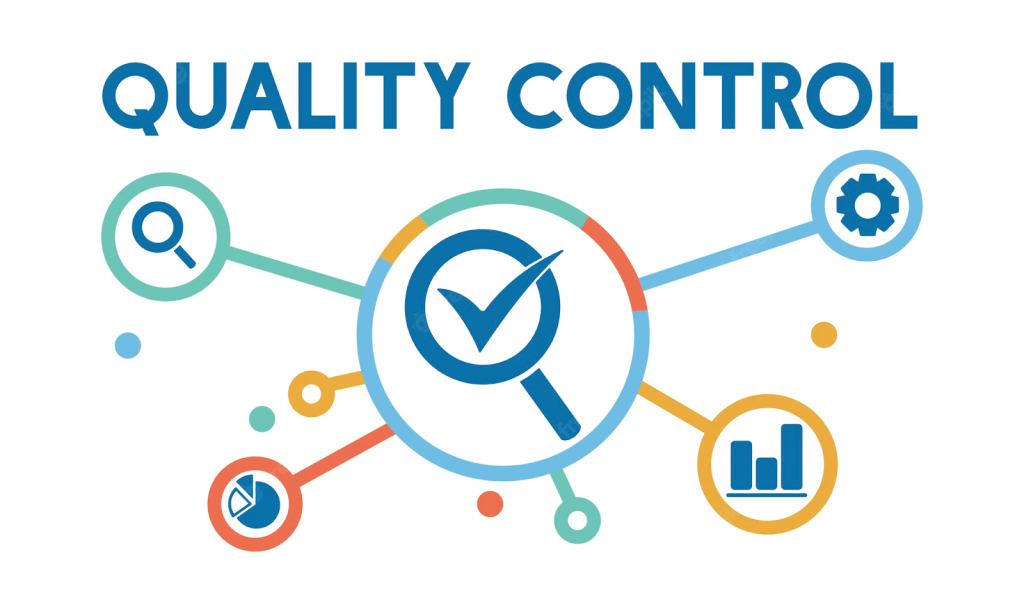
Many people have expressed concern about the quality of products coming from China. Visiting the factories of possible manufacturers can help to lessen this by offering insightful information.
It improves your chances of getting the first order correct in addition to letting you observe the production process and verify the legitimacy of the factory.
However, hiring the services of a reliable product-sourcing agency can be a good option if visiting China for factory inspections is not practical. These experts can spot any warning signs during the process because they have a great deal of expertise in finding providers.
2. Scrutinize the Manufacturer’s Quotation
The inclusions and exclusions of each quote must be understood when comparing quotes from various manufacturers. Take note of the materials specified for manufacturing, since some dishonest suppliers might use cheaper alternatives. Furthermore, ask for a certain delivery date so that you can comprehend the manufacturing schedule.
It’s also critical that you become familiar with the Incoterm® abbreviation that appears in the estimate because it outlines the obligations and expenses related to shipping from China to Australia, as well as the costs of insurance and other extras. Investigating the precise Incoterm® that applies to your shipment guarantees openness and avoids unforeseen costs when the products are picked up from the port.
3. Evaluate Transportation Costs
The cost of transportation is a major factor in evaluating the overall profitability of buying products from China. Air freight may be the most economical choice for lightweight samples, but it may not be feasible for large orders.
The majority of manufactured items are sent to Australia in containers, thus determining whether to go with a Full Container Load (FCL) or Less Than Container Load (LCL) option depends on the magnitude of your order.
Make sure to thoroughly review all the details included in each quote, including shipping to Australia, insurance, customs, and duty costs, while comparing rates from various providers. You can use this thorough analysis to make well-informed conclusions about the viability of any quote.
4. Place Orders for Product Samples
One of the most frequent errors made by consumers is not ordering product samples. Strict reliance on descriptions, images, or drawings alone may result in misinterpretations and departures from the intended standards. It is strongly advised to order samples and thoroughly assess them in order to prevent such problems.
Provide clear directions and, if needed, ask for many samples until you are happy with the results. Even while this procedure can take more time, it is an investment in making sure your entire order is of the highest caliber.
5. Confirm the Supplier’s Authenticity
It is essential to confirm the legitimacy and authenticity of possible suppliers before starting the product-sourcing process. Using websites like Alibaba is one method; these offer a wealth of information on merchants, including their years of expertise, terms of payment, ratings, reviews, and response time.
It’s crucial to remember, though, that Alibaba might not always provide the best deals and might not be appropriate for all kinds of goods. Researching your shortlisted suppliers thoroughly is crucial if you want to source directly from them.
Send them an email demanding quotations and delivery schedules, along with other information like examining their company license for keywords like “manufacture” or “produce,” asking for a 17% VAT invoice (which is only available from factories), and confirming that they are certified ISO 9001.
Chapter 7: Frequently Asked Questions About Buying Products from China
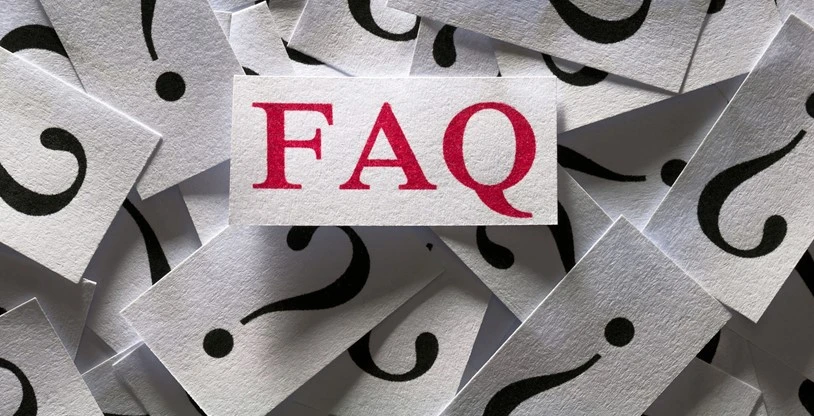
Conclusion
Buying products from China comes with challenges due to many reasons such as misconceptions, language barriers, and health concerns over Covid-19. Buyers often ask if it is safe to buy from China. As a short answer, it is safe to buy products from China, as there are many ways to buy safely and effectively from China.
Just follow the tips given in the blog to make the most out of your buying experience from China. Choose reliable manufacturers and suppliers, and do your research at each step of the process. And consider your options when it comes to shipment methods.
If you still don’t know what to do in this special period, just find a China sourcing agent like AsianDavinci, we can help you start finding the best suppliers, communicate directly with factories, and even finalize the delivery process. A lot of it will in your control, so make a plan, and start buying from China now.
